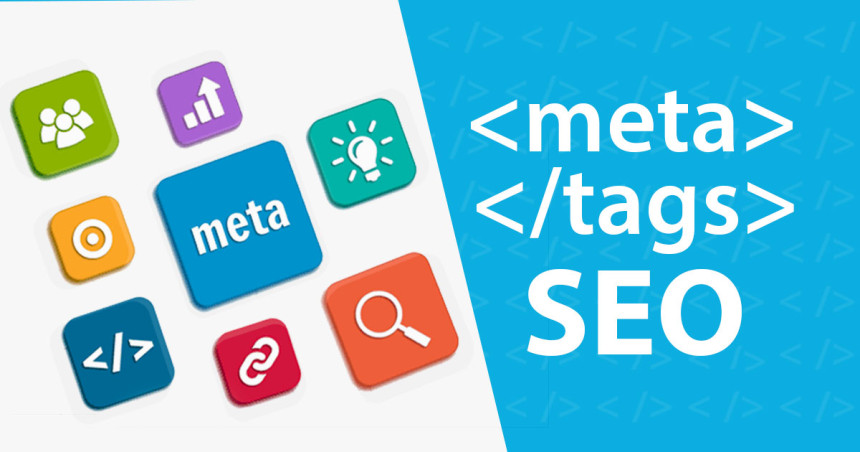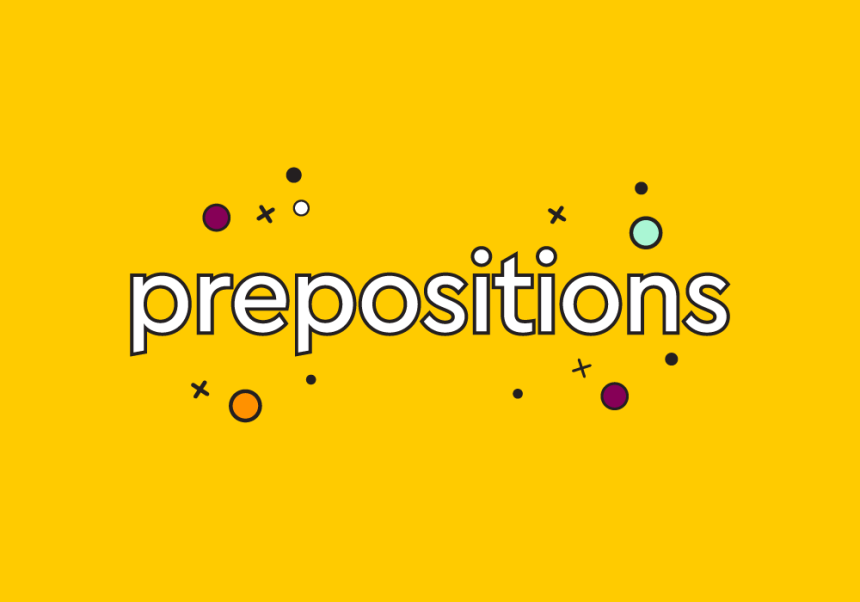
Hashtags
2 years ago
Hashtags
#what-is-this
What is Meta Tags?
Meta tags are HTML elements that provide information about a web page to search engines and web browsers. They are snippets of code placed within the head section of an HTML document. While some meta tags are visible to users (e.g., the title tag), others are not (e.g., meta description).
Here are some common types of meta tags:
- Title Tag: The title tag is one of the most important meta tags. It specifies the title of a web page and appears as the clickable link in search engine results. It also appears in the browser's title bar when the page is opened. It should be concise, descriptive, and relevant to the content of the page.
- Example:
html Copy code <title>Example Page Title</title>
- Meta Description: The meta description provides a brief summary of the content of a web page. While it doesn't directly impact rankings, a well-written meta description can influence click-through rates. It's important to make it engaging and informative to encourage users to click on the link.
- Example:
html Copy code <meta name="description" content="This is a brief description of the content on this page.">
- Meta Keywords (Deprecated): In the past, webmasters used meta keywords to specify relevant keywords for a page. However, major search engines like Google no longer consider meta keywords in their ranking algorithms.
- Example (deprecated):
html Copy code <meta name="keywords" content="keyword1, keyword2, keyword3">
- Viewport Meta Tag: This tag is important for mobile responsiveness. It defines how a webpage should be displayed on different devices and screen sizes.
- Example:
html Copy code <meta name="viewport" content="width=device-width, initial-scale=1.0">
- Charset Meta Tag: Specifies the character encoding used on the page. It's essential for ensuring that special characters and symbols display correctly.
- Example:
html Copy code <meta charset="UTF-8">
- Canonical Tag: Specifies the preferred version of a page in cases where multiple versions of a page exist (e.g., due to parameters in the URL). It helps prevent issues with duplicate content.
- Example:
html Copy code <link rel="canonical" href="https://www.example.com/page">
- Robots Meta Tag: Provides instructions to search engine crawlers on how to index and follow links on a page. It can be used to prevent search engines from indexing certain pages or following specific links.
- Example (noindex, nofollow):
html Copy code <meta name="robots" content="noindex, nofollow">
- Open Graph Tags: Used by social media platforms to display information about a page when shared. They control how a page's title, description, image, and other elements appear in social media posts.
- Example:
html Copy code <meta property="og:title" content="Page Title"> <meta property="og:description" content="Description of the page"> <meta property="og:image" content="https://www.example.com/image.jpg">
It's important to use meta tags appropriately and accurately to provide relevant information to search engines and users. Properly optimized meta tags can contribute to improved visibility and click-through rates in search engine results.





